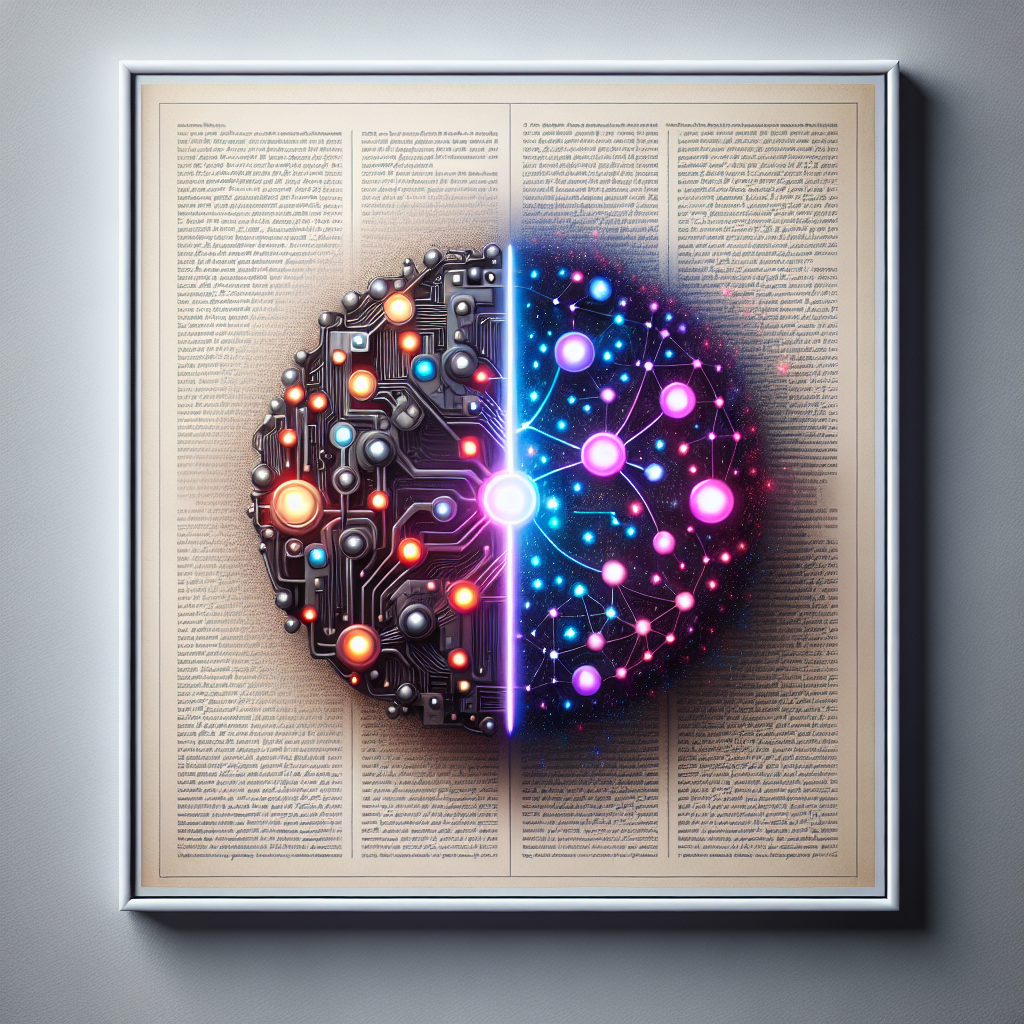Fix today. Protect forever.
Secure your devices with the #1 malware removal and protection software
Exploring the Intersection of GANs and Natural Language Processing (NLP)
Introduction
In recent years, there has been a growing interest in exploring the intersection between Generative Adversarial Networks (GANs) and Natural Language Processing (NLP). GANs are a type of neural network architecture that has shown great success in generating realistic images, while NLP focuses on understanding and generating human language. By combining these two fields, researchers have been able to create innovative models that can generate realistic and coherent text.
GANs in NLP
One of the key challenges in NLP is generating human-like text that is coherent and contextually relevant. Traditional language models such as LSTM and Transformer have been successful in generating text, but they often produce outputs that lack diversity and creativity. GANs offer a solution to this problem by introducing a generative model that can produce realistic text samples.
In the context of NLP, GANs can be used to generate text by training a generator model to produce text samples that are indistinguishable from real human-generated text. The generator is trained in conjunction with a discriminator model, which is tasked with distinguishing between real and generated text. By training these two models in an adversarial manner, the generator learns to produce text that is realistic and coherent.
Applications of GANs in NLP
The intersection of GANs and NLP has led to several exciting applications in the field. One of the most notable applications is text generation, where GANs can be used to generate realistic and diverse text samples. This has applications in various areas such as chatbots, language translation, and content generation.
Another application of GANs in NLP is text style transfer, where the style of a given text can be altered while preserving its content. This has applications in sentiment analysis, where the sentiment of a text can be changed without altering its meaning. GANs can also be used for text summarization, where they can generate concise summaries of long text documents.
Challenges and Future Directions
Despite the promising results of combining GANs and NLP, there are still several challenges that need to be addressed. One of the main challenges is the lack of large-scale datasets for training GANs in NLP tasks. Generating realistic text samples requires a large amount of data, which can be difficult to obtain for certain tasks.
Another challenge is the evaluation of GAN-generated text. Traditional metrics such as BLEU and ROUGE are not always suitable for evaluating the quality of generated text, as they focus on surface-level similarities rather than semantic coherence. Developing new evaluation metrics that capture the semantic quality of generated text is a key area for future research.
In conclusion, the intersection of GANs and NLP holds great promise for advancing the field of natural language generation. By combining the creative capabilities of GANs with the linguistic understanding of NLP, researchers can develop innovative models that can generate realistic and coherent text. As researchers continue to explore this intersection, we can expect to see further advancements in text generation and other NLP tasks.
Fix today. Protect forever.
Secure your devices with the #1 malware removal and protection software
#Exploring #Intersection #GANs #Natural #Language #Processing #NLP #PDF #Format,gan)
to natural language processing (nlp) pdf

Leave a Reply
You must be logged in to post a comment.